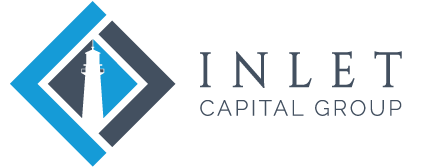Green producers: Water
Very few operations feature a life of water balance. In most operations there is too much, too little, too deep, too shallow, too dirty, acidic, alkali—and often many of those in combination. In these instances, great operators make the best with the worst, understand their risks, have contingency plans, and work with high quality environmental managers, engineers, and teams to ensure best use of the sensitive and limited resource that is water. This article looks at permitting, too much water, too little water, and wetlands management to show why great operators are also green operators.
